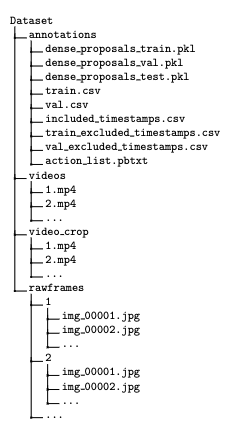var shouldContinue: Bool = true
func doSomeWork1(shouldContinue: inout Bool)
{
while shouldContinue
{
// ERROR: the compiler wants: doSomeWork2(shouldContinue: &shouldContinue)
doSomeWork2(shouldContinue: shouldContinue)
}
}
func doSomeWork2(shouldContinue: inout Bool)
{
while shouldContinue
{
}
}
为什么编译器需要doSomeWork2(shouldContinue:& shouldContinue)而不是编译器想要:doSomeWork2(shouldContinue:shouldContinue)?是不是应该继续在doSomeWork1()范围内的指针?
解决方法
In-out parameters are passed as follows:
When the function is called,the value of the argument is copied.
In the body of the function,the copy is modified.
When the function returns,the copy’s value is assigned to the original argument.
This
behavior is kNown as copy-in copy-out or call by value result. For
example,when a computed property or a property with observers is
passed as an in-out parameter,its getter is called as part of the
function call and its setter is called as part of the function return.As an optimization,when the argument is a value stored at a physical
address in memory,the same memory location is used both inside and
outside the function body. The optimized behavior is kNown as call by
reference; it satisfies all of the requirements of the copy-in
copy-out model while removing the overhead of copying. Write your code
using the model given by copy-in copy-out,without depending on the
call-by-reference optimization,so that it behaves correctly with or
without the optimization.






